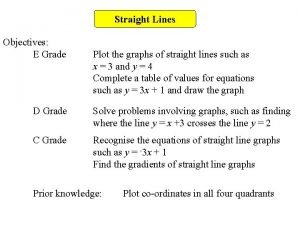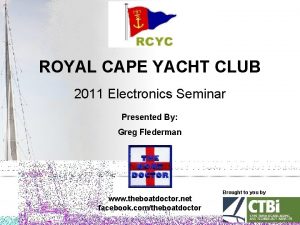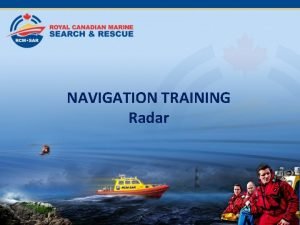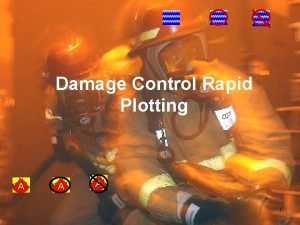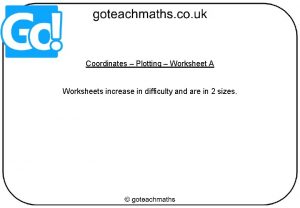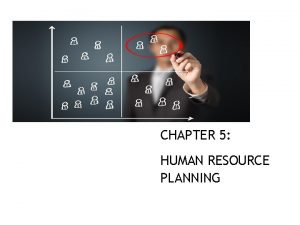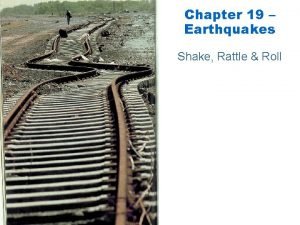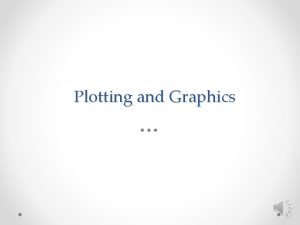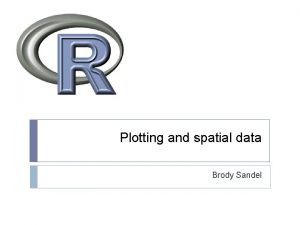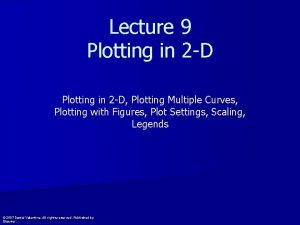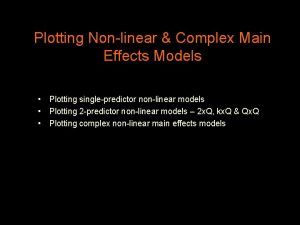Measuring and Plotting Measuring for Growth Monitoring Adapted






- Slides: 6

Measuring and Plotting Measuring for Growth Monitoring Adapted from training materials of the Royal College of Paediatrics and Child Health [RCPCH] 1

Measuring and Plotting Measuring Weight Babies should be weighed without any clothes or nappy Children older than two years can be weighed in vest and pants, but no shoes, footwear, and dolls or teddies in hand Only grade 3 clinical electronic scales in metric setting should be used -green sticker with background letter M (which means approved for medical use). Scales should be calibrated and maintained annually. 2

Measuring and Plotting Measuring Head Circumference Head circumference should be measured using a narrow nonstretchable plastic or disposable lasso tape. Clean tape with antiseptic wipes [or soapy water] between child use Measurement should be taken at the maximum occipito-frontal circumference taking the largest of 3 consecutive measurements 3

Measuring and Plotting Measuring Length Measure length before age 2 years if concerned. Use proper equipment (length board or mat) as any other method is too inaccurate. Requires one measurer and one other adult e. g. parent. Length should be measured without nappy or footwear. 4

Measuring and Plotting Measuring Height should be measured from ages 2 years using a rigid rule with T piece, or stadiometer. Ensure heels, bottom, back and head are touching the apparatus with eyes and ears at 90°. Don’t try to stretch up, measure on expiration. Take three successive measurements and use the largest of the three. Always measure with shoes removed 5

Measuring and Plotting Summary: Measuring • • • Whoever measures a child should be suitably trained or be supervised by someone who is Weight – Use only class lll electronic scales. Calibrated and maintained annually. – Weigh babies naked, toddlers in vest and pants, without shoes Head circumference – Use narrow, paper or plastic non stretchable tape round widest part of the head Length (up to approx age 2) – Proper equipment essential (length board or mat) – Training particularly important – Shoes and nappy removed Height (after age 2 or when child can weight bear independantly) – Rigid rule with T piece, or stadiometer, shoes removed Take three successive measurements and use the largest of the three 6
